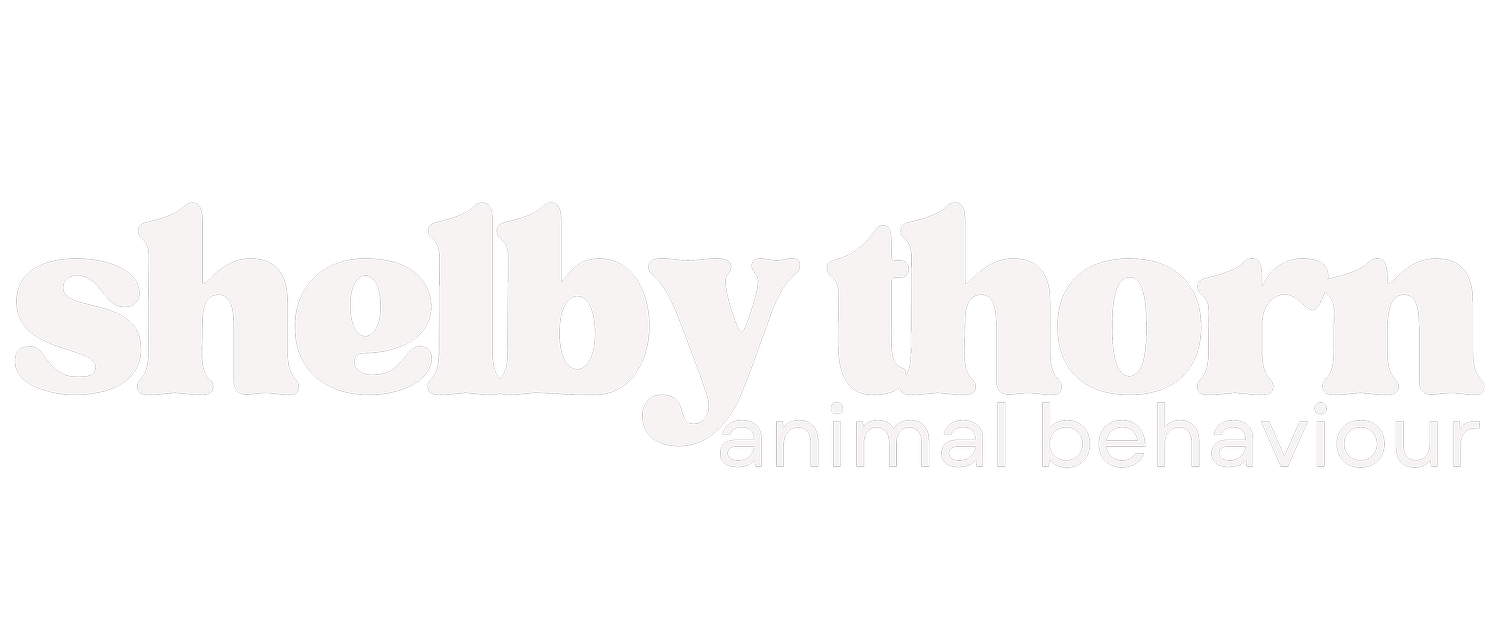From 'No' to 'Yes': Disruptors Beat Verbal Punishment
When it comes to dog training, understanding the difference between verbal punishment, or "telling a dog off," and using a disruptor is crucial. While many pet owners instinctively scold their dogs when they misbehave, this method can have unintended consequences. In contrast, using a disruptor, when applied correctly, can help redirect your dog’s focus without negative associations. Let’s explore what makes a punisher a consequence, how disruptors work, and why fostering a positive relationship with your dog through differential reinforcement is essential for a happy and well-adjusted pup.
The Risks of Telling Off
We’ve all been there—your dog digs up your garden, chews up your shoes, or barks incessantly, and in a moment of frustration, you tell them off. Verbal punishment often involves yelling or using a harsh tone to express disapproval. Unfortunately, this form of correction can lead to more harm than good.
Telling your dog off can create confusion. Dogs don’t always understand the specific behaviour we are punishing. For example, if you shout at your dog for chewing a shoe hours after it happened, they might not associate the punishment with the undesirable behaviour. This disconnection can cause anxiety, as your dog becomes uncertain about what is expected of them.
Additionally, regular verbal punishment can lead to the development of behavioural issues. Over time, your dog may become fearful or anxious, especially if they associate you with negative interactions. Rather than fostering respect or learning, this approach creates tension in the human-dog bond, which can lead to even more problematic behaviours such as fear-based aggression, avoidance, or appeasement and behavioural suppression.
The Disruptor: A Positive Approach to Redirection
Now, let’s explore a more effective and positive way to address unwanted behaviours: using a disruptor. A disruptor is a tool or technique used to interrupt your dog’s current behaviour, redirecting their focus without causing harm or fear. Unlike verbal punishment, a disruptor does not aim to correct or punish the behaviour but rather to break the cycle of the unwanted action.
Examples of disruptors can include a gentle sound that captures your dog’s attention. The key here is that disruptors are neutral— they don't carry any inherent punishment or threat. They simply signal to your dog that their current behaviour is not appropriate and that something else is expected.
The goal is to redirect the dog’s attention in a positive way, without reinforcing negative emotions. When used correctly, disruptors create a moment of pause and give your dog the chance to respond to your next cue or request.
Disruptor Examples
Verbal Interruptions:
A calm, firm word like “uh-uh” or “nope,” without shouting, can signal a change of behaviour is needed. The tone should be neutral and not harsh. When the dog redirects, offer praise or a treat for the right behaviour. A soft clap, finger click or a light tap on the floor can also catch your dog’s attention without scaring them.
Hand Gesture:
A simple hand motion (like holding your palm up) can serve as a non-verbal disruptor. This is particularly useful for dogs who are visually attuned to human body language. After the gesture, guide your dog into the desired behaviour and reward them.
Redirection with a Toy:
Offering a toy, treat, or another object can disrupt your dog’s current behaviour and direct their attention to something more appropriate. For example, if your dog is chewing furniture, you can redirect them by offering a chew toy instead.
Leash Guidance:
Particularly if you are wanting to teach your dog calm while they’re jumping at guests, having a dog restricted by a leash can be a helpful management tool that helps to disrupt jumping behaviour.
Physical Distraction (Force-free and Non-aversive):
Sometimes a gentle tap can act as a disruptor, on the back or side to redirect your dog’s focus. This is more about getting their attention without causing discomfort, to then cue something else like a hand target or eye contact.
Differential Reinforcement
A disruptor works best when followed by differential reinforcement of alternative behaviour (DRA). This is a technique where you reward your dog for engaging in a desired behaviour instead of the undesirable one. For example, if your dog is jumping up to greet people, you can use a disruptor to interrupt the jump, then lure them to sit calmly showing them what you expecting, then rewarding them when this occurs. This helps your dog understand that the calm behaviour is what earns them your attention and a positive reinforcer.
By reinforcing alternative behaviours, you help your dog learn that there are better, more rewarding ways to get what they want, and clearly communicate what you expect during certain scenarios like guests entering the home. Dogs thrive on positive attention, and when they are consistently rewarded for appropriate actions, they are more likely to repeat those actions.
When it comes to dog training, the difference between telling a dog off and using a disruptor is more than just semantics. It’s a difference between fostering trust and creating stress, between building a positive relationship and eroding the connection you share with your dog. By choosing disruptors and differential reinforcement over punishment, you create a learning environment where your dog thrives and where your bond only deepens over time. Remember, dog training doesn’t need to be stressful or negative. With the right approach, you can teach your dog while preserving their confidence and happiness. Positive reinforcement isn’t just the best option—it’s the kindest one for both you and your dog.

